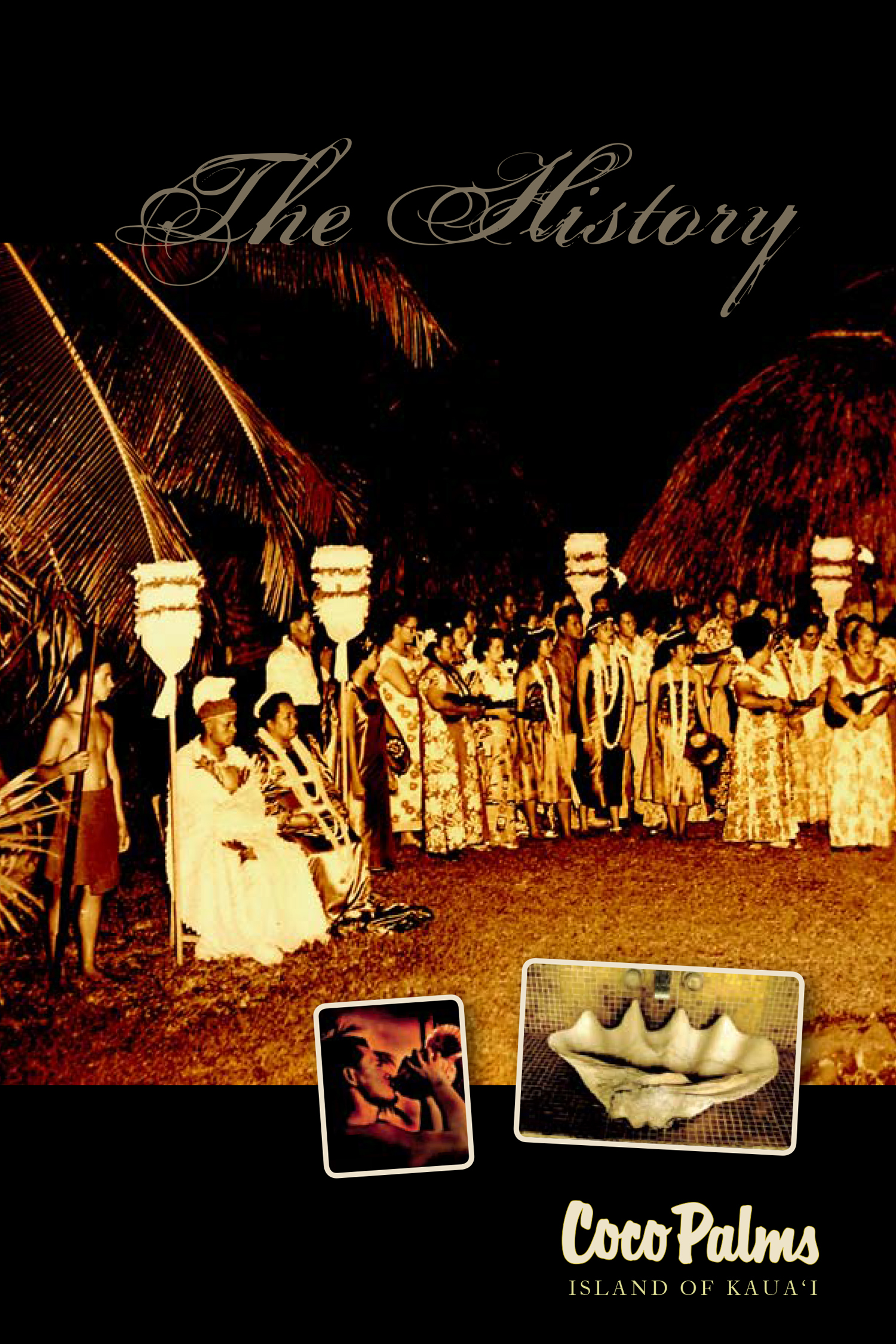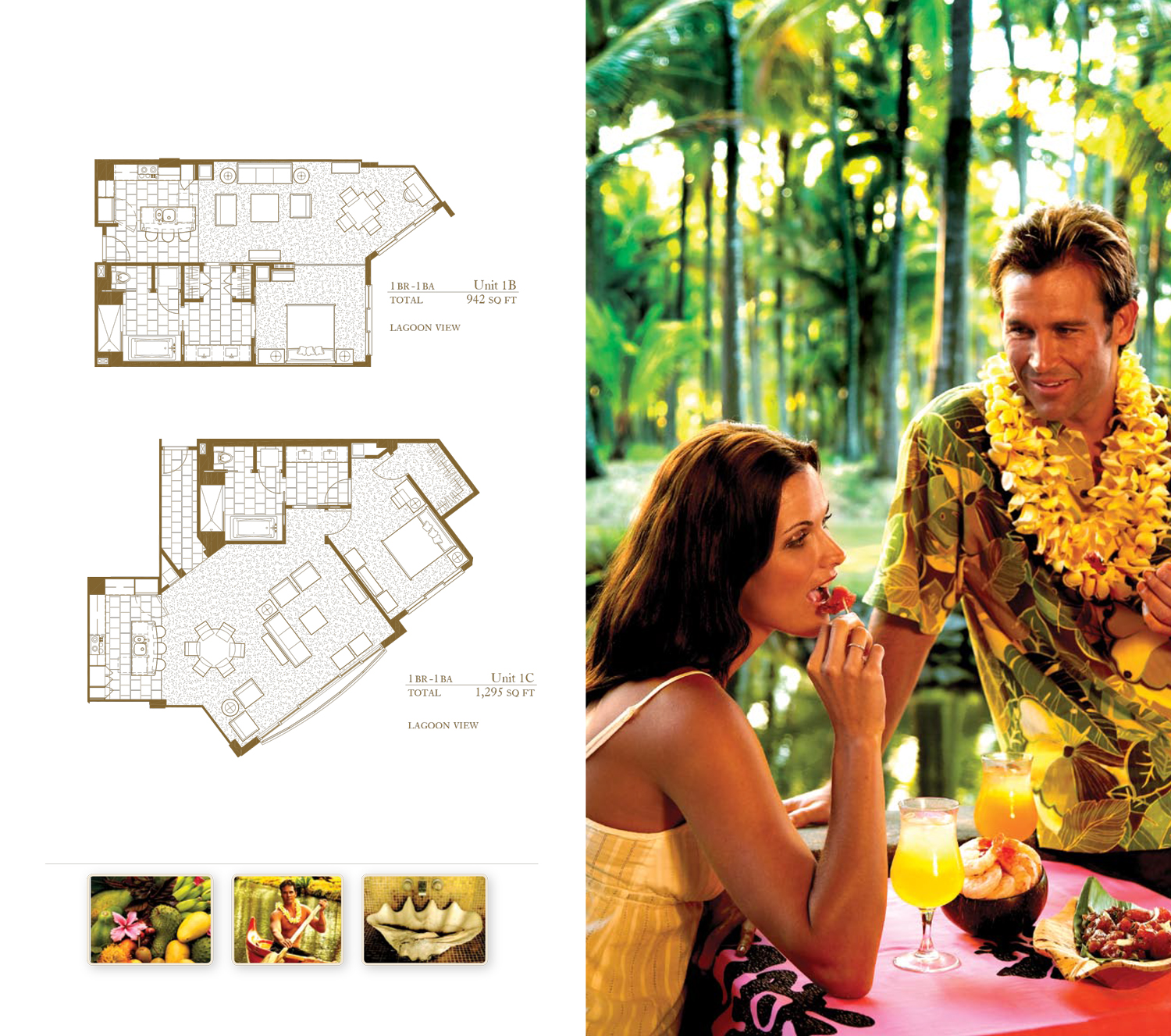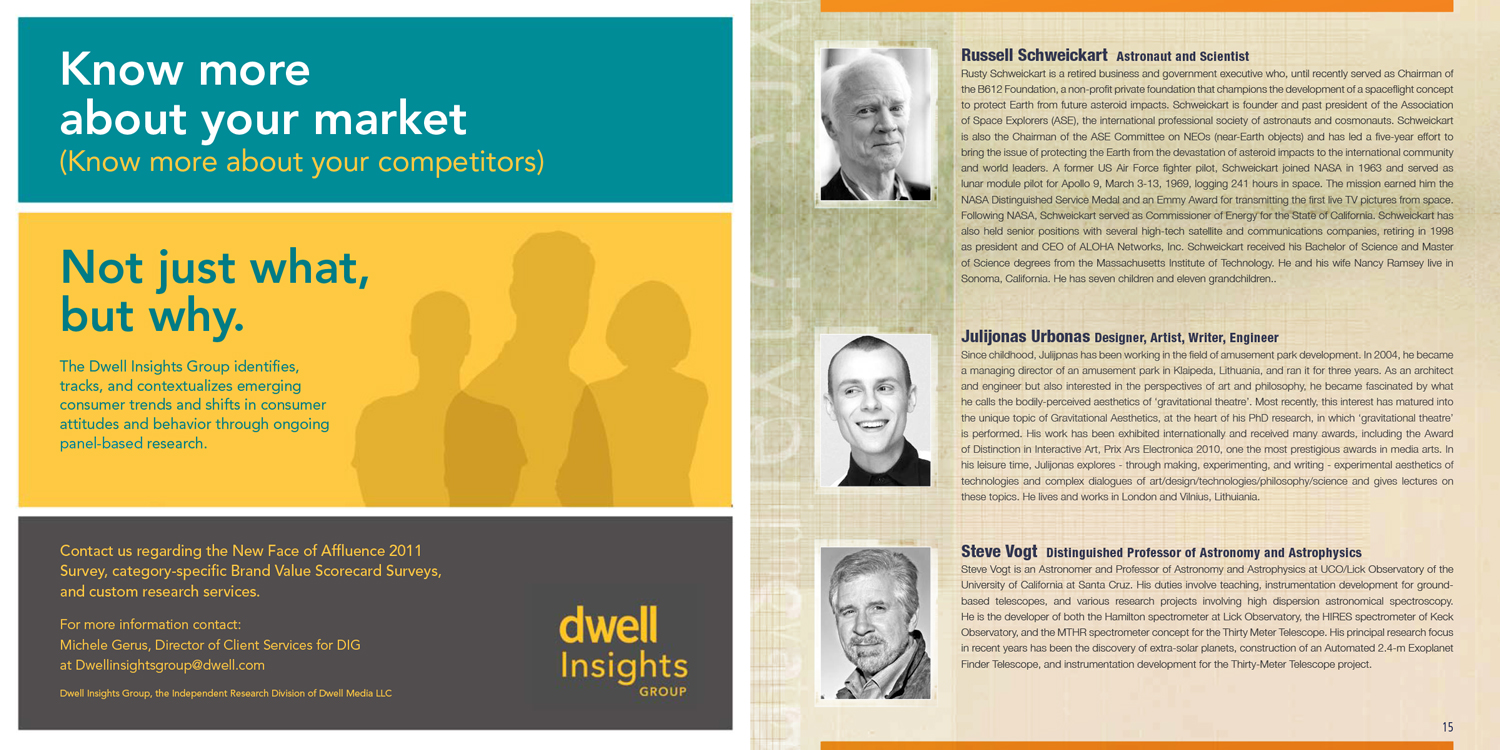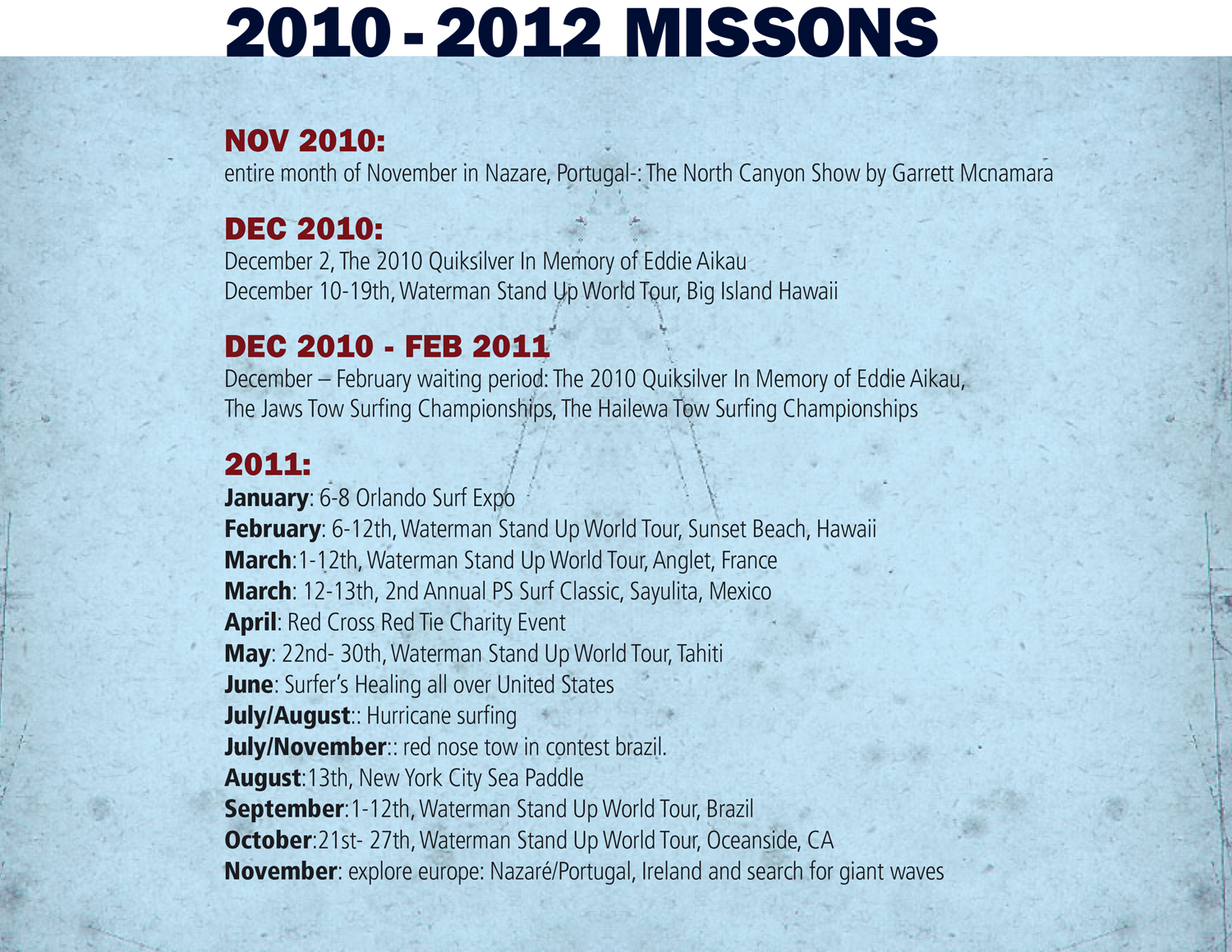Broschüren / Brochures
Broschüren können ein wichtiges Kommunikationsmittel sein, wenn ein Unternehmen beschließt, sie in seinem Marketingplan zu verwenden. Sie können ein äußerst wirksames Mittel sein, um Aufmerksamkeit zu erregen, Informationen zu liefern oder ein Produkt oder eine Dienstleistung einem größeren Zielpublikum vorzustellen und es gleichzeitig zum Handeln zu motivieren. Obwohl es wichtig ist, sich auf ein bestimmtes Publikum zu konzentrieren, können Broschüren dazu verwendet werden, bestehende Kunden an Ihr Unternehmen zu erinnern oder neue Kunden anzuziehen. Darüber hinaus sollten bei der Gestaltung einer Broschüre die verwendeten Worte und Bilder ein Ziel, das Sie erreichen wollen, verstärken.
Brochures can be a vital communication tool should a business decide to use it in their marketing plan. They can be a highly effective device for attracting attention, providing information or promoting a product or service to a larger target audience, while motivating them to take action. Though it is important to focus on a specific audience, brochures can be used to remind existing customers about your enterprise, or to attract new customers. In addition, when designing a brochure, the words and images used should reinforce an objective you want to achieve.
A successful brochure is an advanced way of keeping your audience informed. Elegant brochure design can persuade your audience towards your business techniques and concepts, you can display the ideas, services and amenities of your business and inform your audience visually. Sometimes a picture works better than a thousand words.
QuickLinks: Print Design Overview Advertising Book Design Newsletter + Promotional
~ Sample selection below: Coco Palms History Booklet ~
2006 Development: "The Rebirth of a Legend"
~ Sample selection below: Trade Show Brochure ~
deReuss Architects, Island of Hawaii, Sketchbook for Trade Exhibition in Mexico City.
Brochures generally have a longer shelf-life than other marketing materials and are often designed to last one or more years. They require significant time for planning and development.
Developing a Functional Strategy
Brochures are often expected to accomplish multiple tasks as they can be presented to many different audiences with different needs. They should be designed to get consumers exited about your products or services, provide information to influence a purchasing decision and motive to them act. While brochures commonly illustrate a product, product line or service they can serve many functions:
Direct mailer to potential or existing customers
Handout to attract new customers
Included in a press kit or business proposal
Marketing piece used at fairs, festivals, trade shows or speaking engagements
Promotional piece left at other businesses with similar target audience(s)
Before designing a brochure, consider the following to develop its functional strategy:
Primary Purpose
What is the primary purpose of your brochure?
Primary Benefit
What unique benefit can you offer customers? What primary customer value or need can your enterprise meet?
Secondary Benefit
What other key benefits will customers receive from your products or services?
Target Audience
At whom (what target market) are you aiming this brochure?
Audience Reaction
What response do you want from your audience (come to the operation, visit a website, call an information line)?
Company Personality
What image do you want to convey in your brochure?
If you only plan to develop one brochure, but have multiple target audiences, then the brochure should be designed in terms of its highest potential financial outcome. Simply put, which audience is most likely to generate the most revenue for your business. The vast majority of the information provided in the brochure should focus on that group.
Collect Useful Information
After determining a functional strategy, the next step is to collect useful information to include in the brochure. Consider the following:
• Descriptions of your enterprise
• Descriptions of your products or services
• Contact information: Mailing address, Phone number, Fax number, E-mail address, Website address
• Hours of operation
• Special events or seasonal calendar
• Directions / map
• Visual elements: Logo, Photographs, Illustrations 
• Testimonials
• Recent publicity or news articles
Once the information and materials to include in the brochure have been gathered, it is often helpful to either draft an outline or create a mock-up version of the brochure on a folded sheet of paper so that it represents the layout of your brochure.
Components of a Brochure
Common components such as headlines, copy and signature information can be found in most brochures. Additional elements which may be included are subheadings, disclosures and illustrations. Let’s take a closer look at each component:
Headline: Headlines should promote consumer benefits. The headline located on the top third of the front panel of a brochure is the most important element. If it fails to grab the reader’s attention then the entire brochure will likely go unnoticed. This is especially true when it is placed in a brochure rack and the top third is the only portion that may be seen. Headlines may be presented as a statement, question, warning, or as a news alert. They should also be used throughout the brochure to create a balanced design, breaking up too much content making it easier for the reader to skim the page.
Subheading: The subheading is an answer or support to the question or curiosity that the main headline evokes and is designed to further draw the reader in. It can act as a break between the headline and the body copy and makes it easier for the reader to skim the brochure for pertinent information.
Body Copy: The body copy contains descriptive text that should create a visual image of your product or service. Create excitement by using action words. The copy should persuade the reader to take action. Highlight product features, key benefits and include supporting facts. Keep paragraphs as short as possible. It is best to limit paragraphs to only two or three sentences. Delete extra words or sentences that are not absolutely necessary.
In the body copy talk to your audience and not at them as if you are addressing only one person instead of a mass of people. Use the words “you” and “your” while avoiding the words “we,” “they” and unclear generalities. The use of subheads and numbered or bulleted lists can break up a sea of type, highlighting a number of ideas quickly. However, overuse of this technique will reduce contrast and balance therefore losing its effectiveness. When writing copy remember to keep messages positive and avoid negative connotations or comments about competitors. Grammar and spelling are important. Run the spelling and grammar check functions on your software. It is also advisable to have several other people read over your materials to find mistakes that might have been missed.
Signature: The signature is where the business name, logo and contact information such as an address, phone number and website address are located in the brochure. Placement of the signature is most often located in the back panel of the brochure.
Disclosures, Terms or Conditions: When offers contain special stipulations to the sale; all disclosures, terms or conditions should be included in your brochure. This is often referred to as the fine print. Additional offerings such as warranties, options, incentives or financing terms should be included in this section.
Illustrations: Though visual elements are not required, incorporating them will help draw attention to your brochure. There are various types of visual elements used in brochures such as photographs, hand-drawn illustrations and graphic designed imagery. When possible, visual elements should show action or a product in use rather than static. This design strategy is even more effective when the action features people or other living things. Additionally, using captions along with photos help promote the overall message of the brochure.
Quality is essential when working with photographs. They should be of a high resolution and sizable. Crop photographs to showcase their best light if necessary. Consider hiring a professional if you are unable to provide quality photos of your products or services. Another alternative is to purchase stock photos for use in your marketing materials. Stock photos are professional quality photos which represent a common product or service. For example, if you owned a pick-your-own apple orchard then a stock photo of a child picking an apple would be considered a good option for use in your brochure.
Summary
Brochures can be an effective marketing tool when time is taken to carefully develop a proper strategy. Special attention should be given to the layout and other design considerations. When done correctly a brochure’s front cover will grab a reader’s attention by appealing to their needs. Focusing on the benefits will persuade them to open the brochure for further investigation. Communicating your company’s unique advantage will motivate readers to take action, thus resulting in your communication objective being met.
[Source:] Barrett, Eric. Guidelines for Designing Effective Marketing Materials. Ohio State University Extension.
QuickLinks: Print Design Overview Advertising Book Design Newsletter
~ Sample slideshow below: Brochure ~
Coco Palms: The Residences
~ Sample selection below: Conference Program Guide ~
2013 Applied Brilliance Conference Guide
2011 Applied Brilliance Conference Guide
2010 Applied Brilliance Conference Guide
~ Sample selection below: Sponsorship Package ~
Documentation + Sponsorship Package.





















































































